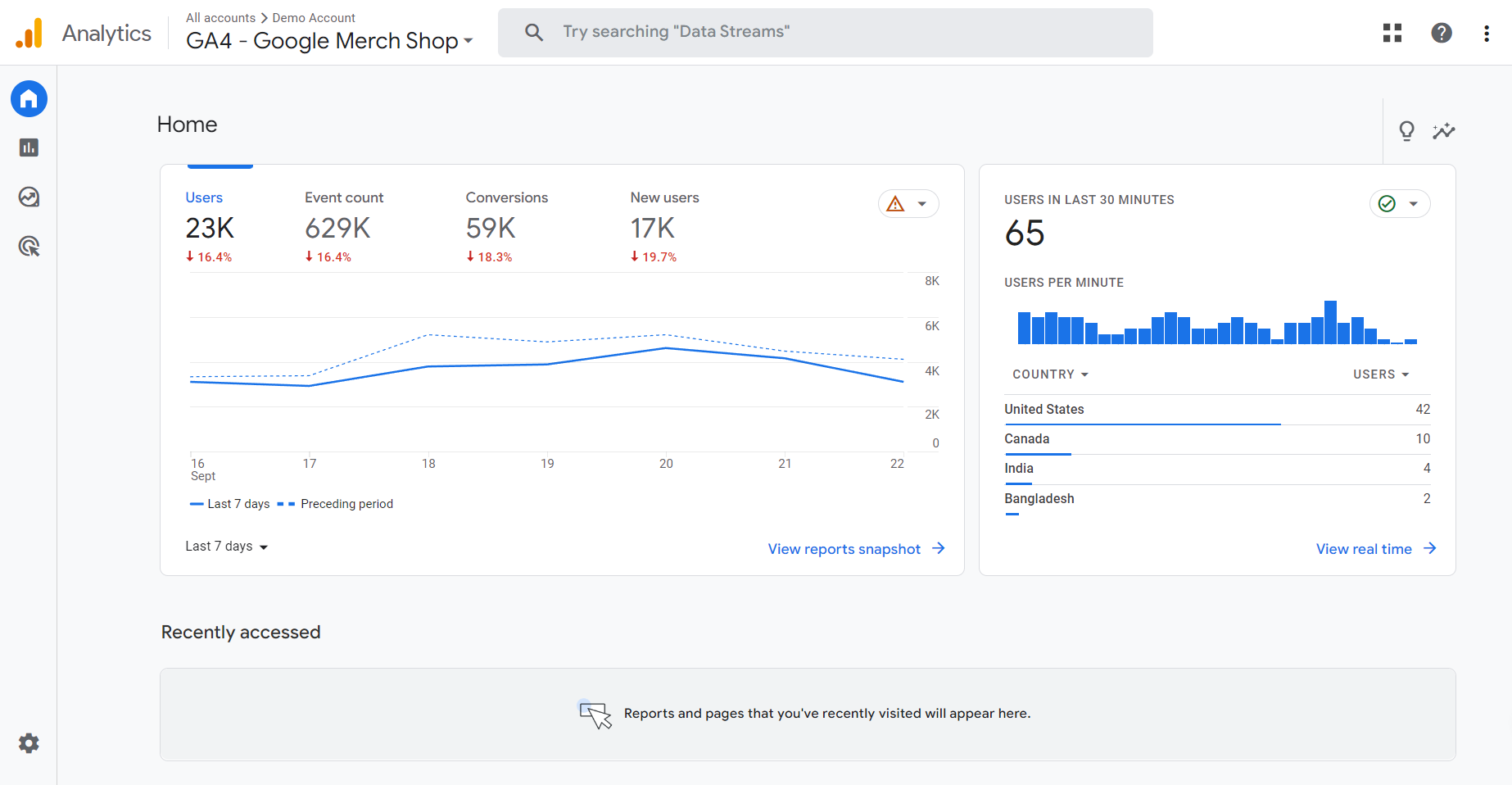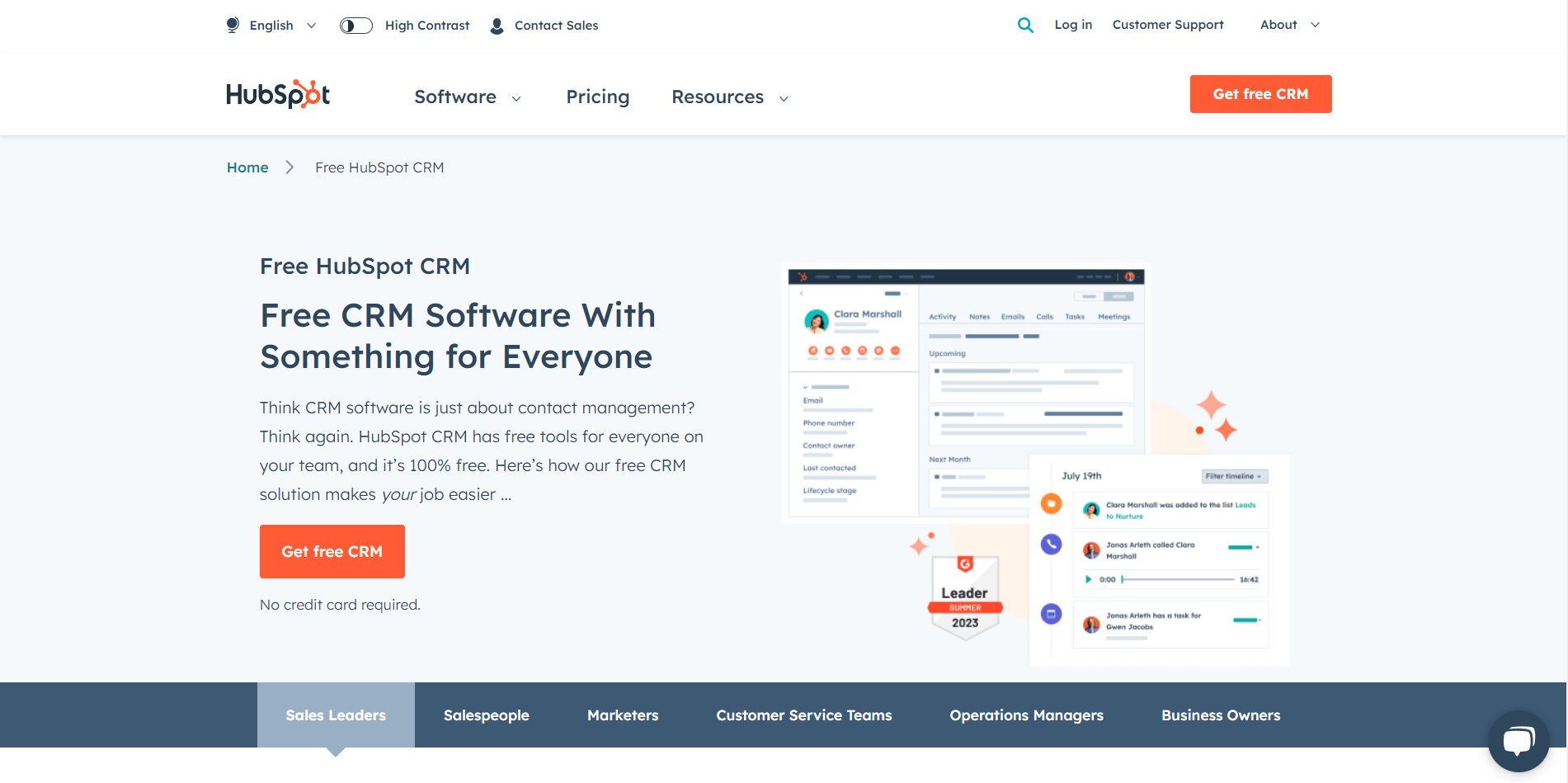As we dive deeper into the digital age, the unparalleled significance of data emerges with stark clarity. As every facet of business and daily life shifts online, data collection is no longer a mere option; it's an essential lifeline for enterprises across the spectrum.
In this article, we'll delve into the evolving techniques of data collection, explore the modern tools empowering businesses, underscore the ethical principles guiding data handling, and illuminate how cutting-edge innovations are reshaping our digital landscape. Whether you're a business owner, a tech enthusiast, or simply keen to understand the digital transformation, this comprehensive guide offers insights into the pivotal role of data in today's business ecosystem.
Also, check out our previous article about how data pipelines can help your business grow. Read Here
The Growing Role of Data in Business Success
In the past, businesses relied heavily on intuition and qualitative data for decision making. The rise of big data and powerful analytics has demonstrated the immense power of quantitative insights extracted from quality data.
Data helps guide countless organizational activities:
- Understanding customer behavior and preferences
- Optimizing marketing campaigns
- Predicting future sales
- Personalizing experiences
- Improving products and services
- Streamlining operations
- Informing business strategy
- Powering AI systems
- Automating processes
- Measuring performance
- Mitigating risks
Quality data provides tangible value for organizations of all kinds across industries. It enables fact-based decisions that can significantly improve key metrics. The demand for actionable data will only grow as technology becomes more sophisticated.
Evolution of Data Collection Techniques
With advancement in technology, we have also seen a shift in the data collection techniques.
Manual Techniques
Traditionally, businesses relied on manual techniques like surveys, interviews, and focus groups to gather customer and market data. Analysis was done by hand. These manual methods provided limited datasets and insights.
Before the digital age, Nielsen would gather TV ratings by having select households maintain written logs of their viewing habits. Another instance is McDonald's using in-person surveys to get feedback on new menu items.
Transactional Data
As digital systems proliferated, companies could gather data tied to transactions like purchases, website visits, ad clicks, etc. Databases made it possible to store and analyze huge volumes of transactional data
Amazon keeps detailed records of user purchases, browsing history, and product searches. This data helps them provide product recommendations and track sales metrics. Learn more about Amazon's recommendation algorithm here.
Clickstream Data
Clickstream data tracks users’ online activities down to the level of individual mouse clicks. This provides granular behavioral insights that can inform UX optimizations and personalization.
E-commerce giants like eBay use clickstream data to analyze which products users view the most, the path they take through the site, and where they drop off before making a purchase.
Passive Data Collection
Modern techniques like session recording tools, heatmaps, AI chatbots, and customer journey mapping passively gather large volumes of qualitative and quantitative data tied to both online and offline interactions.
Companies like Spotify and Netflix track user behaviors, such as songs listened to or shows watched, to generate personalized playlists and recommendations. Tools like Hotjar and FullStory, used by many businesses, offer heatmaps and session replays to understand user behavior on websites.

Integrated Multi-Channel Data
Omnichannel analytics draws together data from all platforms and channels to provide a unified customer view. This enables highly personalized experiences.
Salesforce's Marketing Cloud platform allows businesses to integrate data from social media, email campaigns, sales calls, and more to have a 360-degree view of a customer's journey. Retailers like Nordstrom use omnichannel strategies to provide seamless experiences between online shopping and in-store purchases.
Real-Time Streaming Data
New pipelines continuously stream real-time data from connected devices, sensors, and applications. This powers dynamic insights and instant automation.
Ride-sharing apps like Uber and Lyft rely on real-time data streaming to track drivers, match them with riders, and provide dynamic pricing based on demand.
Unstructured Data
AI and machine learning can now extract value from unstructured data like images, video, audio, and text. This unlocks new sources of insights.
Google Photos uses AI to identify and categorize photos by subject matter, whether it's "dogs," "sunsets," or "concerts". Twitter uses machine learning to analyze vast amounts of textual tweets for trends, sentiment analysis, and more.
As technology evolves, data collection techniques will become even more sophisticated. The speed, depth, and flexibility of data gathering will dramatically increase in the coming years.
Modern Tools and Technologies
Many tools and technologies enable modern data collection:
- Web analytics - Google Analytics, Adobe Analytics, etc.
- Mobile app analytics - Mixpanel, Amplitude, etc.
- Surveys - SurveyMonkey, Qualtrics, Typeform, etc.
- Session replay - Hotjar, FullStory, UserTesting, etc.
- Heat mapping - Crazy Egg, Clicktale, Smartlook, etc.
- Form analytics - Wufoo, JotForm, Google Forms, etc.
- CRM platforms - Salesforce, HubSpot, Zoho, etc.
- Customer data platforms - Segment, mParticle, Tealium, etc.
- Business intelligence - Tableau, Looker, Power BI, etc.
- E-commerce analytics - Shopify, WooCommerce, etc.
- Marketing automation - HubSpot, Marketo, etc.
- Cloud storage - Amazon S3, Dropbox, Google Drive.

Integrating these martech and adtech tools through customer data platforms provides a 360-degree customer view. Applying AI and automation maximizes the value extracted.
Principles for Ethical Data Collection
With data analytics influencing more aspects of business and society, ethical data collection practices are crucial for maintaining public trust:
- Transparency - Clearly communicate what data is gathered and why.
- Consent - Allow users to opt-in/opt-out of data collection.
- Anonymization - Remove personally identifiable information from datasets.
- Data Minimization - Only gather essential data for specific purposes.
- Security - Prevent unauthorized access and data breaches.
- Access Control - Restrict data access only to authorized users.
- Accuracy - Ensure data is validated, timely, and contextually correct.
- Retention - Permanently delete data no longer needed for the specified purpose.
- Compliance - Adhere to all relevant regulations for data use.
- Accountability - Assign responsibility for ethical data policies and practices.
With great data comes great responsibility. Prioritizing privacy, transparency, and ethical data use is critical for responsible innovation.
Data Collection Powering Business in the Digital Age
In the rapidly-evolving digital economy, organizations face challenges in understanding their customers deeply, optimizing their product offerings, strategically marketing their services, and ensuring efficient operations.
Embracing advanced data collection techniques offers businesses a robust approach to address these challenges:
Customer-Centric Insights
Deep Dive into Behavior**: Beyond mere demographics, advanced data collection allows businesses to delve into the nuances of customer behaviors, preferences, and pain points. By analyzing patterns, organizations can forecast future buying behaviors and spot emerging trends.
Journey Mapping: With touchpoints across digital and physical realms, it's vital to understand a customer's entire interaction journey. Advanced analytics tools help businesses visualize and optimize these paths, ensuring each step aligns with the customer's expectations and desires.
Personalized Experiences: Armed with a trove of insights, businesses can design hyper-personalized experiences that resonate with individual customer segments, enhancing satisfaction and loyalty.
Innovative Product Evolution
Usage Analysis: By monitoring how users interact with a product or service, businesses can identify popular features, pain points, and areas of improvement.
Sentiment Tracking: Social media analytics and review scraping allow organizations to gauge public sentiment towards their products, giving them actionable feedback.
Agile Iteration: Data-driven insights mean businesses can iterate their products faster and more effectively, responding to real-world feedback and staying ahead of competitors.
Strategic Marketing and Sales
Multi-Touch Attribution: In the age of omnichannel marketing, it's vital to know which touchpoints contribute most to conversions. Advanced analytics demystify this, guiding budget allocation and strategy.
Lead Scoring: With AI-driven lead scoring, sales teams can prioritize leads that are more likely to convert, ensuring time and resources are spent optimally.
Predictive Modeling: Using historical data, businesses can predict future sales trends, allowing them to adjust their marketing strategies proactively.
Operational Efficiency
Real-time Fraud Detection: Instantaneous data analysis can flag unusual patterns, safeguarding businesses against potential fraud and ensuring customer trust.
AI-Driven Automation: Routine tasks can be automated, thanks to AI systems that learn from vast amounts of data. This not only boosts efficiency but also reduces the margin of human error.
Supply Chain Optimization: With data from every step of the supply chain, businesses can foresee bottlenecks, optimize inventory, and ensure timely product delivery.
Businesses that have integrated these advanced data collection strategies have witnessed marked improvements in customer engagement, product quality, marketing ROI, and operational efficiency. Major brands, such as Amazon with its customer recommendations, and Uber with its real-time ride data analytics, stand as testaments to the power of data-driven decision-making.
The Growing Impact of Data Collection
As we navigate the digital frontier, the ramifications of data collection are becoming increasingly profound. The emergence of breakthrough technologies is set to redefine the tapestry of business:
-
Embedded Analytics promises ubiquitous insights, seamlessly integrating into business tools for frontline strategizing.
-
No-Code Analytics and intuitive platforms bring data interpretation to every professional, erasing the barriers of technical expertise.
-
Industry 4.0's smart factories and Edge Computing's decentralized processing accentuate real-time decision-making, weaving in a fabric of efficiency and privacy.
-
The convergence of 5G with IoT will channel unparalleled data streams, while Augmented Analytics pushes the boundaries of automated intelligence.
-
The trustworthiness of Blockchain's immutable trails and the accessibility of Voice Interfaces and AR/VR Analytics herald an era where data consumption is immersive and ubiquitous.
-
With Predictive Analytics guiding foresight and Automated Reporting translating insights into narratives, the promise of a data-driven future is vast and compelling.
In the ever-evolving landscape of data, innovation remains a constant. For businesses to thrive, an agile approach to harnessing emerging data techniques is crucial. Collaborating with data mavens and technology pioneers can anchor success. As we look ahead, it's evident: armed with quality data and the right strategies, businesses are poised to unlock immeasurable value, shaping a future driven by insights.
Ready to elevate your data collection strategy?
Explore DataHen's web scraping services to unlock unparalleled insights and drive your business forward. Dive in here!


